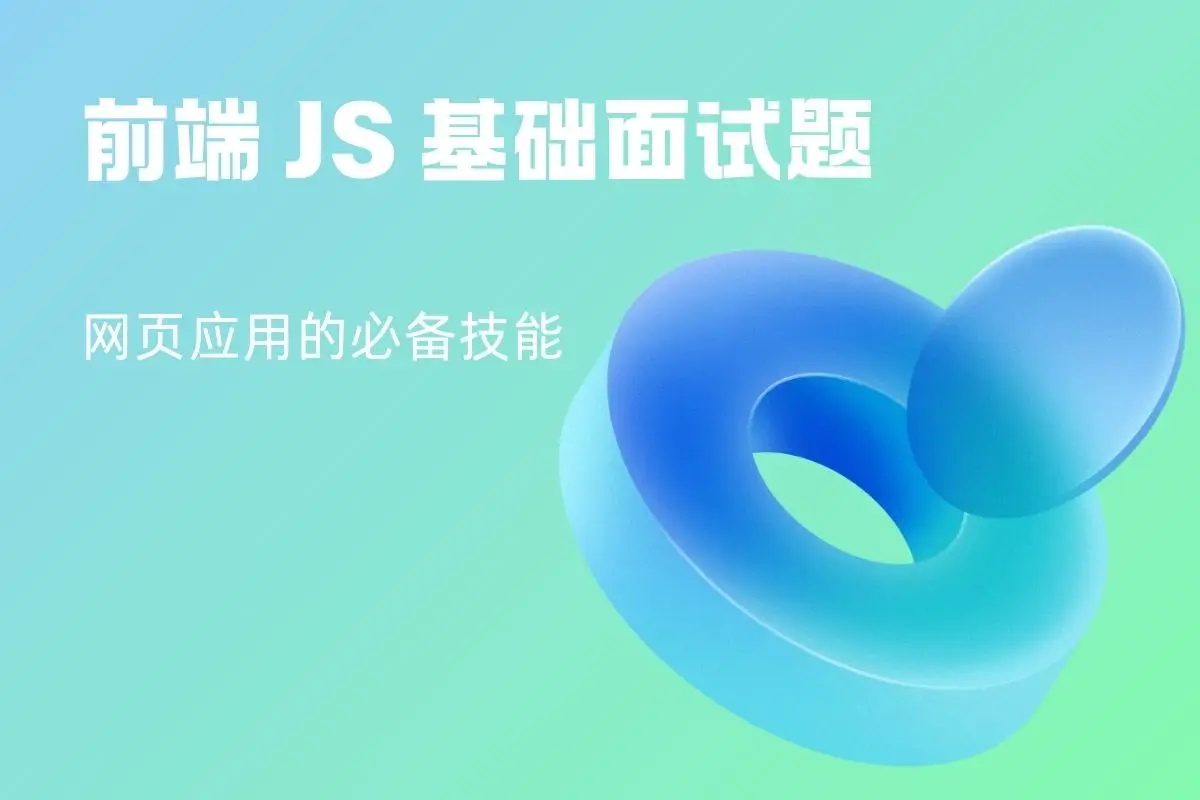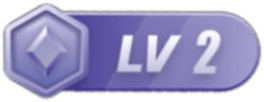这是一个非常实用的前端面试题,常用于实现懒加载、无限滚动、埋点曝光等场景。判断元素是否进入可视区域有多种方法,从简单到高级逐步演进。
✅ 方法一:使用 getBoundingClientRect()(兼容性好)
这是最常用且兼容性最好的方法。
function isInViewport(element) {
const rect = element.getBoundingClientRect();
return (
rect.top >= 0 &&
rect.left >= 0 &&
rect.bottom <= window.innerHeight &&
rect.right <= window.innerWidth
);
}🔍 解释:
getBoundingClientRect()返回元素相对于视口的位置(top,left,bottom,right)。- 判断元素是否完全在视口内:所有边都在视口范围内。
✅ 优点:
- 兼容性好(IE6+)
- 简单直观
❌ 缺点:
- 需要手动监听
scroll、resize事件 - 频繁调用可能影响性能(建议节流)
window.addEventListener('scroll', throttle(() => {
if (isInViewport(myElement)) {
console.log('元素已进入可视区域');
}
}, 100));✅ 方法二:使用 Intersection Observer API(推荐!现代方案)
这是现代浏览器推荐的方式,性能更好,无需监听页面滚动。
const observer = new IntersectionObserver((entries) => {
entries.forEach(entry => {
if (entry.isIntersecting) {
console.log('元素进入可视区域');
// 可以在这里加载图片、触发埋点等
observer.unobserve(entry.target); // 可选:只观察一次
}
});
});
// 开始观察某个元素
observer.observe(document.getElementById('myElement'));🔍 高级用法:设置阈值(部分可见时触发)
const observer = new IntersectionObserver(
(entries) => {
entries.forEach(entry => {
if (entry.isIntersecting) {
console.log('元素至少 20% 可见');
}
});
},
{
threshold: 0.2, // 20% 可见时触发
rootMargin: '0px 0px -50px 0px' // 可视区域向下延伸 50px
}
);✅ 优点:
- 高性能:由浏览器优化,不阻塞主线程
- 无需手动节流
- 支持部分可见、自定义根元素(
root)、外边距等 - 适合懒加载、无限滚动
❌ 缺点:
- 不支持 IE(需 polyfill)
✅ 方法三:计算 offsetTop 与 scrollTop(传统方法)
适用于简单场景,但不够精确。
function isInViewport(element) {
const scrollTop = window.pageYOffset;
const clientHeight = window.innerHeight;
const offsetTop = element.offsetTop;
const height = element.offsetHeight;
return (
offsetTop < scrollTop + clientHeight && // 元素顶部在视口下方
offsetTop + height > scrollTop // 元素底部在视口上方
);
}这种方法需要考虑父元素的
position和滚动,容易出错,不推荐在复杂布局中使用。
✅ 实际应用示例:图片懒加载
<img data-src="real-image.jpg" class="lazy" alt="图片">// 使用 Intersection Observer
const lazyImages = document.querySelectorAll('.lazy');
const imageObserver = new IntersectionObserver((entries) => {
entries.forEach(entry => {
if (entry.isIntersecting) {
const img = entry.target;
img.src = img.dataset.src;
img.classList.remove('lazy');
imageObserver.unobserve(img);
}
});
});
lazyImages.forEach(img => imageObserver.observe(img));✅ 总结(面试回答模板)
判断元素是否进入可视区域主要有两种方式:
getBoundingClientRect():兼容性好,通过计算元素与视口的边界关系判断,但需手动监听滚动并节流。Intersection Observer API:现代推荐方案,性能优异,无需手动处理滚动,支持阈值和外边距配置,适合懒加载、曝光统计等场景。在实际项目中,优先使用
Intersection Observer,对于不支持的浏览器可降级使用getBoundingClientRect+ 节流。⚠️ 注意:避免在
scroll事件中频繁调用getBoundingClientRect,应使用节流或防抖优化性能。
THE END


